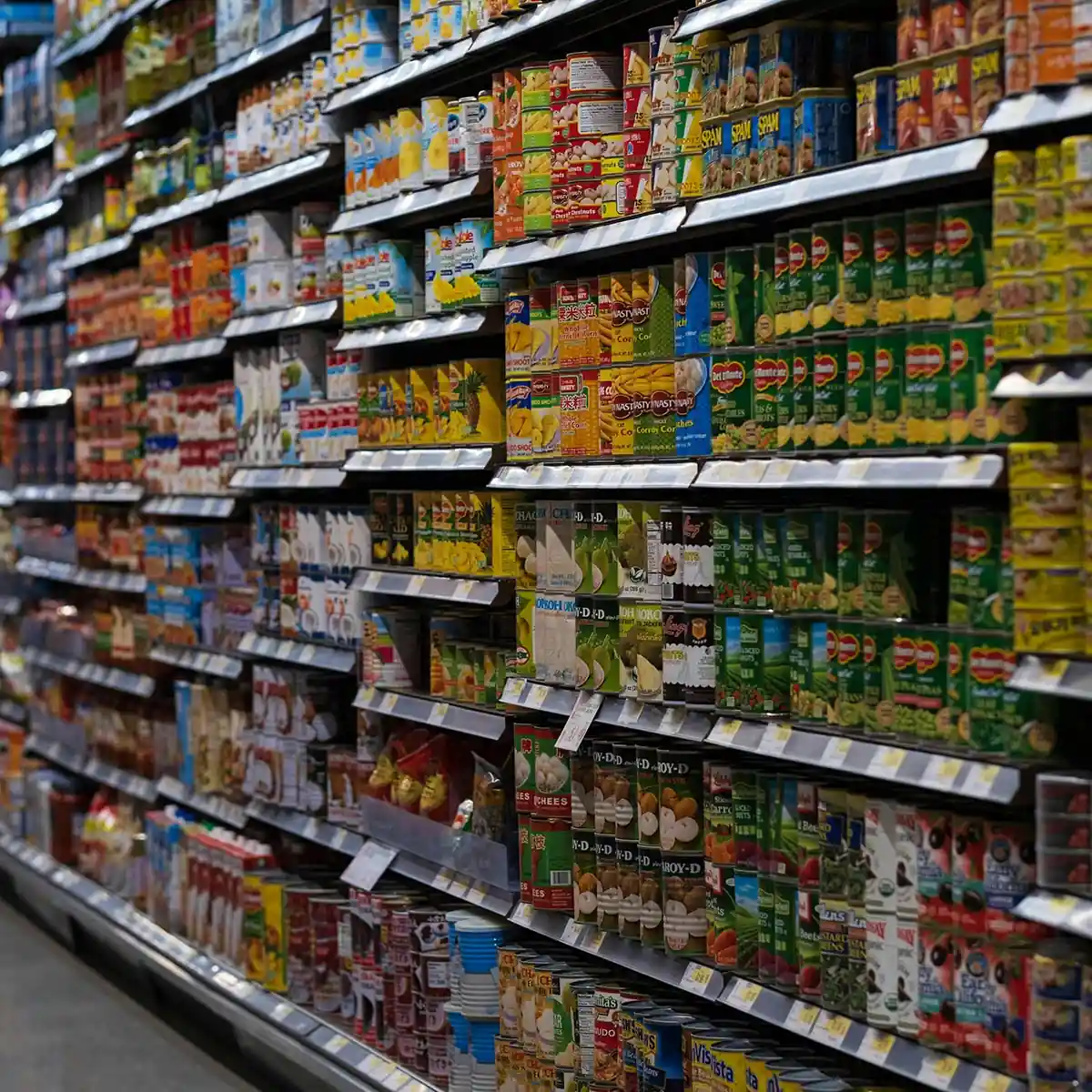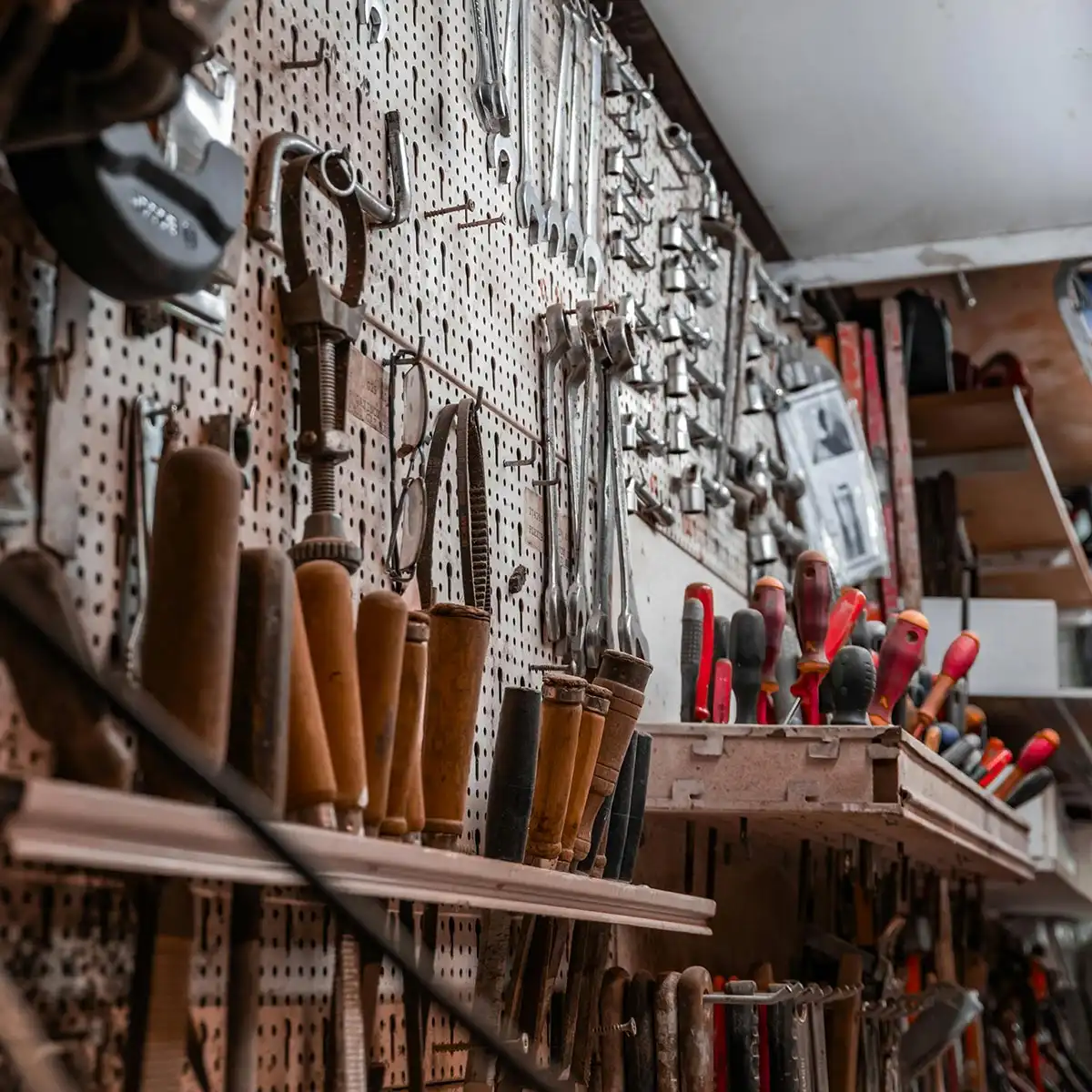A multinational company in the food sector, a global leader in its product category, faced the need to improve logistics processes at its Italian plant.
The main goal was to optimize material handling operations within the plant across various stages of production and packaging (raw materials, semi-finished goods, packaging materials, finished products), maximizing synergies.
The challenge
The production and packaging departments of the plant operate 24/7, meaning that any disruption can lead to significant inconvenience and costs. Production plans may change due to unforeseen causes, so the entire organization must be able to react quickly at any time. The plant is a historic site and, although modernized and equipped with state-of-the-art machinery, has a suboptimal layout. Some raw materials and packaging items are stored on-site, while others are kept in peripheral warehouses that supply the plant during the standard weekday operating window (Monday to Friday, daytime hours).
Given these conditions, the primary objective was to identify and achieve all possible synergies—in terms of activities, timing, synchronization, and travel routes—within the different flows and handling teams operating across departments.
The solution
The project was developed in multiple phases, involving an in-depth analysis of existing processes and the introduction of innovative solutions to optimize logistics operations.
1 - Analysis of theoretical and practical logistics flows:
Consultants worked side by side
with operators from different teams/departments to map actual activities and identify critical issues not evident from data analysis alone
Detailed analysis
of production, packaging, and handling data at various levels of granularity and aggregation
Estimation of forklift travel distances
across departments and for different product processing stages
2 - Analysis and characterization of internal logistics processes in the production/packaging area:
- Definition and communication of production plans
- Control and allocation of raw material stocks
- Preparation of BOMs and supply of production lines
- Allocation of unpackaged finished product
- Definition and communication of packaging plans
- Control and allocation of packaging materials
- Preparation of packaging BOMs and periodic bulk replenishment of packaging lines
- Periodic bulk transfer of unpackaged finished product to packaging lines
- Retrieval of palletized finished goods from end-of-line and delivery to the automated warehouse
3 - Identification and analysis of critical issues:
Characterization of each issue by:
- type (process-related, technological, product-related, etc.)
- complexity (difficulty, cost, and time to resolve, etc.)
- value (economic impact of the issue on an annual basis)
Definition of intervention priorities
Identification of potential solutions and required interventions (technological, organizational, training, etc.)
4 - Implementation of the improvement plan for the production area:
Revision of raw material buffer layout
Adjustment of WMS system constraints for raw material acceptance (e.g., overly strict FEFO)
Logical mapping of locations for unpackaged finished goods and allocation of product batches accordingly
5 - Implementation of the improvement plan for the packaging area:
Retrieval of product batches to be packaged from logically mapped locations
Automatic warehouse call for pallet pickup at end-of-line
Synchronization of packaging material supply with product retrieval
Planning of technical interventions to correct palletizing geometry (many pallets were rejected by the automated warehouse due to "out of shape" issues)
Results
The implementation of the proposed solutions led to significant outcomes:
Operational planning became more structured
thanks to earlier information sharing and fewer WMS constraints
All travel distances were significantly reduced
due to synchronization between supply to packaging lines and retrieval from them
The space around packaging lines became more organized
and efficiently used thanks to periodic replenishment schedules
Product batch retrieval times for packaging were reduced
due to the elimination of "visual" searching in the department
Resource interchangeability across teams increased significantly
thanks to technological support
Thanks to integrated logistics consulting,
any company can optimize its supply chain and design a more efficient logistics network.




